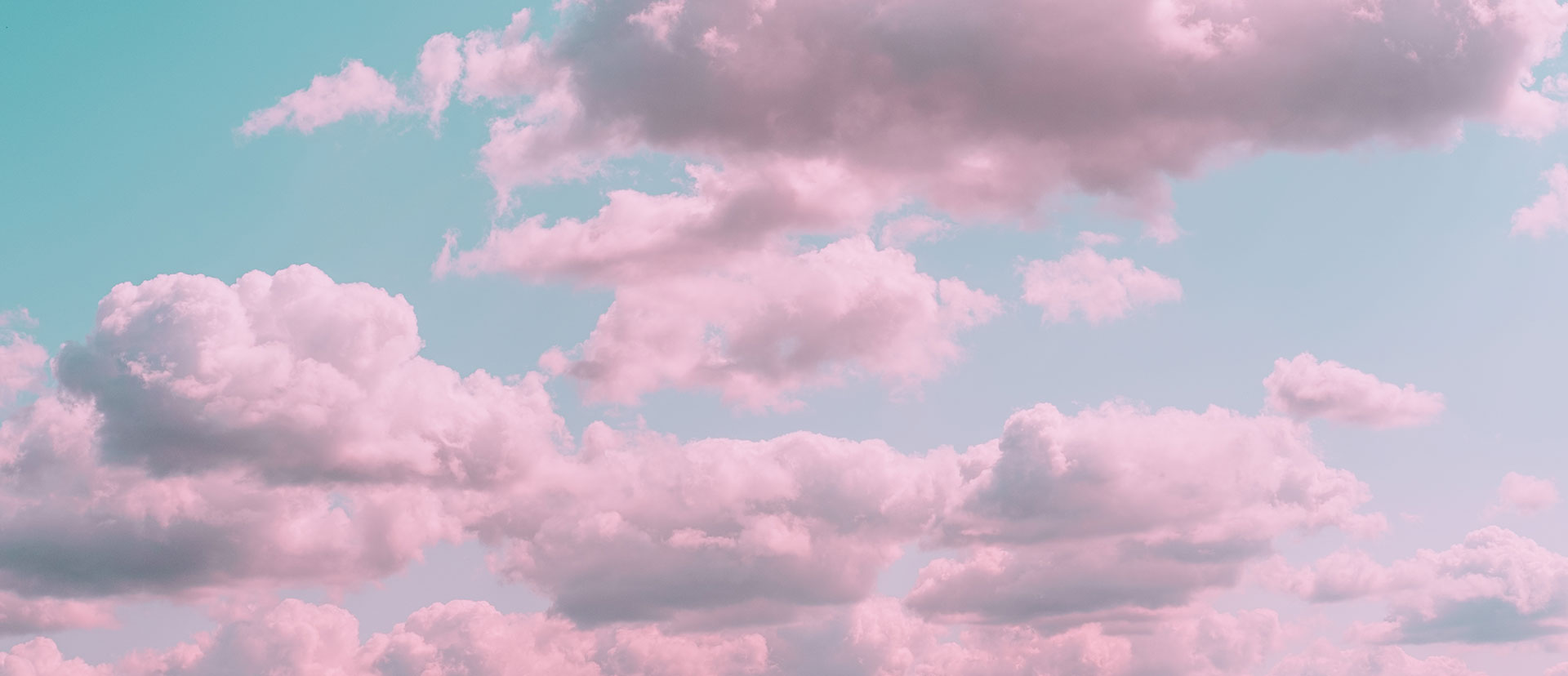Technology companies have increasingly come under regulatory fire for impairing society, markets, competition, and free speech, among other things. The underlying belief is that consumers require protection in digital markets. Despite the spectrum of harms attributed to Big Tech, relatively sparse attention has been paid to society’s relationship to aesthetics and image. In contrast to traditional forms of media where people passively view images of others, tech platforms allow people to manipulate their own photographs. By doing so, a belief is that unhealthy perceptions of beauty are supercharged compared to conventional mediums. This piece isn’t necessarily claiming that tech’s effects on aesthetic perceptions must come under greater regulatory scrutiny. Rather the goal is to discuss the nature and depth of a largely underspecified issue, which is related to many problems that have drawn the ire of commentators. It is indeed important to acknowledge how tech platforms influence perceptions of beauty and even views of self-worth in ways that were previously unknown — and whether this should implicate modern demands for tech regulation.
By Gregory Day[1]
I. Introduction
Technology companies have increasingly come under regulatory fire for impairing society, markets, competition, and free speech, among other things. Whether these proposals to reign in “Big Tech” include antitrust enforcement, new legislation, or executive orders, the underlying belie
...THIS ARTICLE IS NOT AVAILABLE FOR IP ADDRESS 216.73.216.23
Please verify email or join us
to access premium content!

